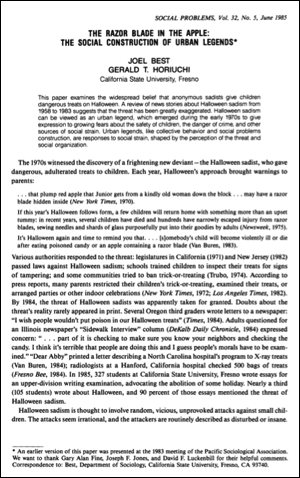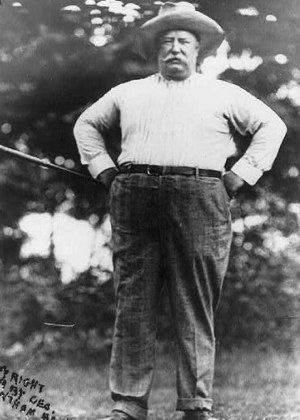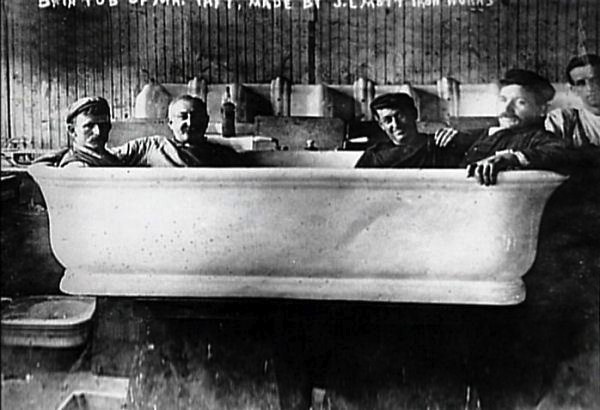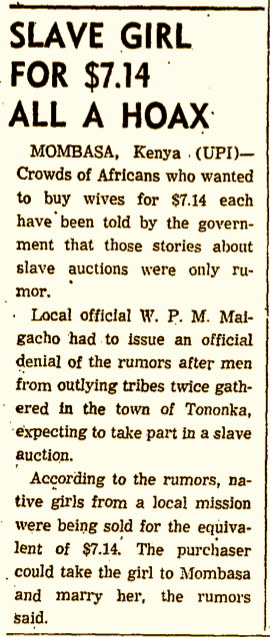Saved by the Myth of Poisonous Poinsettias —
According to a decaces-old urban legend, the leaves of poinsettias (aka the Christmas Plant) are extremely toxic, and can be fatal if ingested.
But the reality is that poinsettias aren't toxic at all. They're not edible, but if you do eat them the worst that will happen is you'll get an upset stomach. You're not going to die.
One of the most thorough debunkings of the "poisonous poinsettia" legend can be found in a Nov. 1996 article in the
American Journal of Emergency Medicine:
"Poinsettia exposures have good outcomes... just as we thought."
The authors of the study reviewed 22,793 cases of poinsettia exposure reported to health care facilities during an 8-year period from 1985 to 1992. This data represented "the largest compilation of human exposures to the poinsettia, as reported to poison information centers."
Out of all these cases, the number of fatalities was zero. And 92.4% of the cases resulted in no effect at all.
The vast majority of the cases (over 90%) involved young children eating the leaves, and their terrified parents then rushing them to the nearest emergency center, fearing the worst.
But the authors did note the existence of a peculiar subset of cases:
"The poinsettia has no chemical abuse potential and, despite its notoriety as a poisonous plant, it is not used as a homicidal or suicidal agent with any frequency. However, the poinsettia was used by 16 individuals for abuse purposes and by 27 people as a suicidal agent."
So 27 people tried to commit suicide by eating poinsettias, evidently after hearing the legend about them.
It's like a reverse Darwin Awards. Instead of dying because of doing something stupid, their lives were saved because they believed an urban legend.














